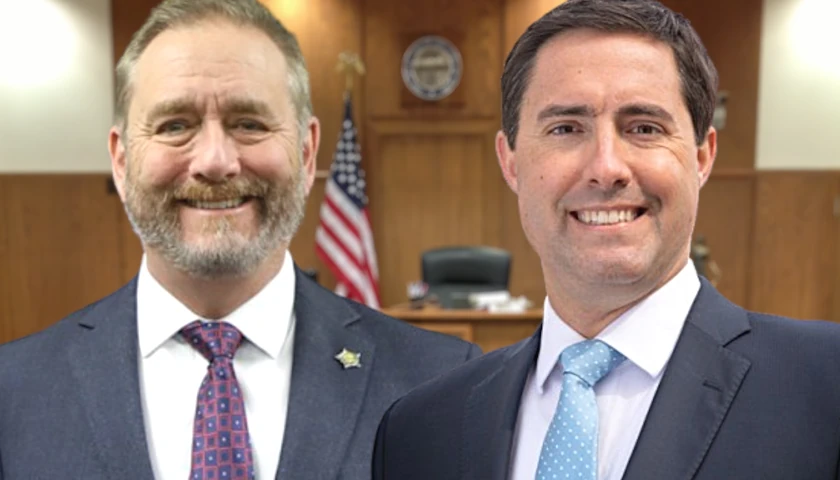Ohio Attorney General Dave Yost announced Monday that expanded access to one of the nation’s most effective resources for investigating and averting serious gun crimes is now available to law enforcement officials in Ohio.
The National Integrated Ballistic Information Network (NIBIN) is a database that contains digitized photos of spent cartridge cases recovered from crime scenes or fired from firearms that law enforcement took into custody. The database essentially serves as a massive library of ballistic “fingerprints” because every gun leaves its own distinctive microscopic imprint on the cartridge cases it ejects.
Law enforcement can use NIBIN’s technology to see if ballistic evidence from one gun crime may connect to other gun crimes across the state and country.
According to Yost, knowledge is power, and with this expanded access, Ohio law enforcement has more power to stop violent criminals in the state.
“When it comes to getting repeat violent criminals off the street, information is power. Now, that power is accessible to a lot more agencies in Ohio,” Yost said.
The NIBIN is run by the Bureau of Alcohol, Tobacco, Firearms, and Explosives (ATF) and is populated by local, state, and federal agencies.
In 2022, Yost announced that the Bureau of Criminal Investigation (BCI) would significantly increase its number of NIBIN stations at BCI labs across the state from one in Richfield to five additional stations, including a second in Richfield, two in London, and two in Bowling Green.
NIBIN access in Ohio isn’t just available through BCI; Canton, Cincinnati, Cleveland, Columbus, Dayton, and Toledo police departments and crime labs also have NIBIN stations. However, according to Yost, access to NIBIN is typically difficult to come by for smaller agencies, particularly those in rural areas.
“BCI’s NIBIN expansion will help their cause and generate more information for agencies across the country,” Yost said.
According to Yost, BCI has also hired more scientists and technicians for the NIBIN labs and is working to develop a series of training videos for law enforcement.
Yost also revealed a collaboration with the ATF as part of the NIBIN expansion, which will eventually move certain ballistic correlation work to the National NIBIN Correlation and Training Center (NNCTC) in Huntsville, Alabama.
In those instances, Yost said that BCI technicians will enter evidence into NIBIN and send the 3D digital images electronically to NNCTC. The NIBIN software will automatically compare the images to those already stored in the database and generate a ranked list of possible matches. In most instances, auto-correlation is conducted at a regional level spanning numerous jurisdictions; when appropriate, it can be conducted nationally.
According to Yost, NNCTC will review correlations and speed up turnaround time freeing up personnel at BCI labs to handle more NIBIN evidence which will in turn help get more violent criminals off the streets in Ohio.
Daryl McCormick, special agent-in-charge of ATF’s Columbus Field Division, said that expanding access to the NIBIN system in Ohio will be useful to law enforcement partners.
“Increasing the amount of ballistic information entered into the NIBIN system and correlated against existing entries will undoubtedly result in investigative leads that will be useful to our law enforcement partners,” McCormick said.
NIBIN is the only automated interstate ballistic imaging network in the United States.
– – –
Hannah Poling is a lead reporter at The Ohio Star and The Star News Network. Follow Hannah on Twitter @HannahPoling1. Email tips to [email protected]
Photo “Dave Yost” by Dave Yost Attorney General. Background Photo “Ohio Statehouse” by Warren LeMay.





